1
Pay attention to the power installation
There are two types of power supply for PLC system: external power supply and internal power supply.
The external power supply is used to drive the PLC output device (load) and provide input signals, also known as user power. The external power supply of the same PLC may have multiple specifications. The capacity and performance of the external power supply are determined by the input circuit of the output device and the PLC. Since the PLC's I/O circuits have filtering and isolation functions, the external power supply has little effect on the PLC performance. Therefore, the requirements for the external power supply are not high.
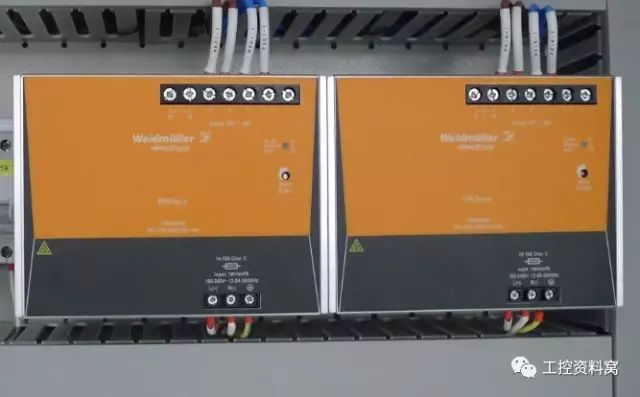
The internal power supply is the working power supply of the PLC, that is, the operating power supply of the internal circuit of the PLC. Its performance directly affects the reliability of the PLC. Therefore, in order to ensure the normal operation of the PLC, there is a higher requirement for the internal power supply. General PLC's internal power supply uses a switched-mode regulated power supply or a regulated power supply with a primary-side low-pass filter.
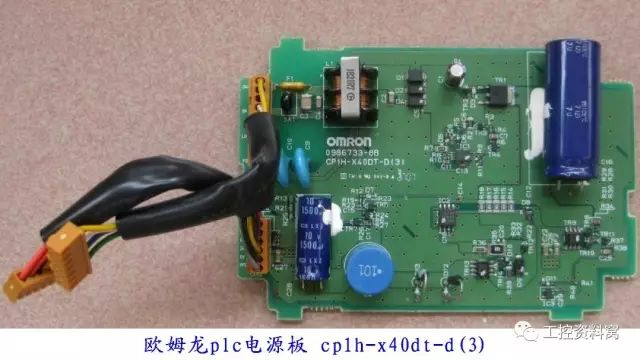
In areas with strong interference or high reliability requirements, an isolation transformer with a shielded layer should be used to power the PLC system. It is also possible to cascade LC filter circuits on the secondary side of the isolation transformer. At the same time, you should also pay attention to the following issues during installation:

(1) Twisted pair connection is preferably used between the isolation transformer and the PLC and I/O power supply to control the serial-mode interference;
(2) The power line of the system should be thick enough to reduce the line pressure drop caused by starting large-capacity equipment;
(3) When using an external DC power supply for the PLC input circuit, it is better to use a power supply with a constant voltage to ensure the correct input signal. Otherwise, the PLC may receive an incorrect signal.
2
Keep away from strong sources of interference
(1) The power line, control line, and PLC power supply line and I/O line should be separately wired. The isolation transformer should be connected with PLC and I/O with double glue line. Separate the PLC's IO line from the high-power line. If it is necessary to separate the AC line and DC line in the same slot, if the conditions permit, the sub-slot alignment is the best. This can not only make it as large as possible. Space distance, and can minimize the interference.
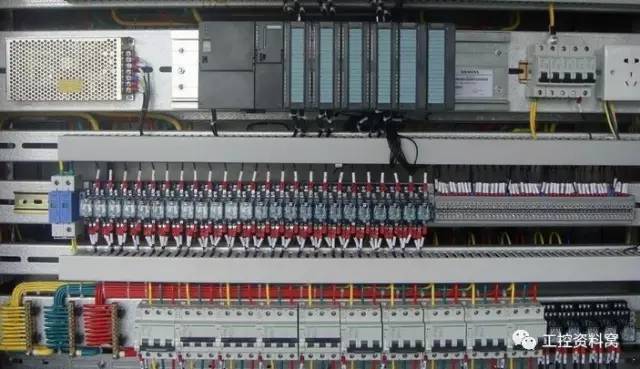
(2) PLCs should be kept away from strong sources of interference such as welders, high-power silicon rectifiers, and large-scale power equipment, and they must not be installed in the same switchgear with high-voltage appliances. PLC should be far away from the power line in the cabinet (the distance between the two should be greater than 200mm). Inductive loads that are installed in the same cabinet as the PLC, such as relays with large power and coils of contactors, should be connected in parallel with the RC arc suppression circuit.
(3) Do not use the same cable for the AC output line and the DC output line. The output line should be as far away as possible from the high voltage line and the power line to avoid parallel operation.
3
I/O terminal wiring requirements
(1) It is better to separate the input and output of the PLC and separate the switch quantity and analog quantity. Shielded wires should be used for the transmission of analog signals. The shielding layer should be grounded at one or both ends. The grounding resistance should be less than 1/10 of the shielding layer resistance.
(2) Input wiring
â— The input wiring should not be too long. However, if the ambient interference is small and the voltage drop is not large, the input wiring can be longer.
â— The input/output cable cannot use the same cable, and the input/output cable should be separated.
â— As far as possible, use a normally open contact form to connect to the input terminal, so that the programmed ladder diagram is consistent with the relay schematic diagram and is easy to read.
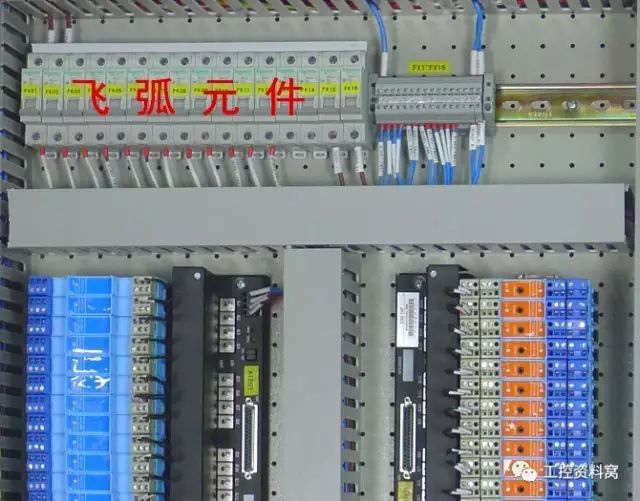
(3) output connection
â— Output wiring is divided into independent output and common output. In different groups, different types and voltage levels of output voltage can be used. However, the output in the same group can only use the same type of power supply with the same voltage level.
â— Since the output element of the PLC is packaged on a printed circuit board and connected to the terminal board, if the load connected to the output element is shorted, the printed circuit board will be burned.
â— When using a relay output, the size of the inductive load that is subjected to it will affect the service life of the relay. Therefore, when using an inductive load, a reasonable choice should be made or an isolation relay added.
â— The output load of the PLC may cause interference, so measures must be taken to control it, such as the freewheeling protection of the DC output, the resistance-capacitance absorption circuit of the AC output, and the bypass resistance protection of the transistor and the bidirectional thyristor output.
4
Select the correct grounding point
Good grounding is an important condition for ensuring the reliable operation of the PLC, and accidental voltage surge hazards can be avoided. The purpose of grounding is usually two, one is for safety, and the other is to suppress interference. A perfect grounding system is one of the important measures against electromagnetic interference in the PLC control match system.
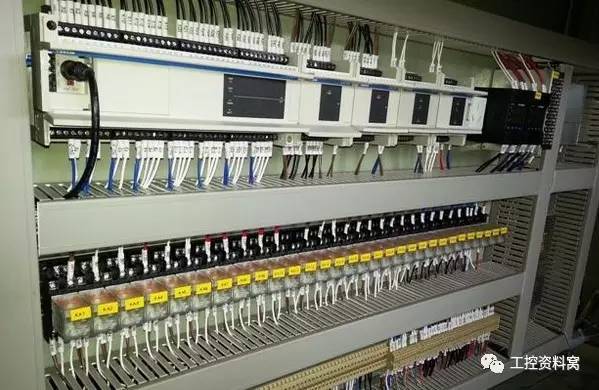
The ground of the PLC control system includes system ground, shield ground, exchange ground, and protection ground. The disturbance of the grounding system to the PLC system is mainly due to the uneven distribution of the potential of each grounding point. There is a difference in ground potential between different grounding points, which causes the ground loop current and affects the normal operation of the system. For example, the cable shield must be grounded at one point. If both ends of the cable shields A and B are grounded, there is a difference in ground potential and a current flows through the shield. When an abnormal state such as a lightning strike occurs, the ground current will be greater.
In addition, the shielding layer, grounding wire and ground may constitute a closed loop. Under the effect of changing the magnetic field, inductive current will appear in the shielding layer, and the signal loop will be disturbed through the coupling between the shielding layer and the core wire. If system grounding and other grounding processes are confusing, the generated ground current may produce unequal potential distribution on the ground line, affecting the normal operation of logic circuits and analog circuits within the PLC. The logic voltage disturbance tolerance of PLC work is lower, the logic ground potential distribution interference easily affects PLC logic operation and data storage, causes the data to be chaotic, the procedure runs away or crashes. The distribution of the simulated ground potential will lead to a decrease in measurement accuracy, causing serious distortion and malfunction of the signal measurement and control.
â— Safely or power ground
Connect the ground of the power cord and the connection of the cabinet to a safe ground. If the power supply leaks or the cabinet is charged, it can be led into the ground from a safe ground and will not cause harm to people.
â— System ground
The PLC controller is grounded for the same potential as the controlled devices. The grounding resistance value shall not be greater than 4Ω. Generally, the negative terminal of the switching power supply in the PLC equipment system and the control cabinet shall be connected together as the control system ground.
â— signal and shield ground
Generally speaking, the signal line must have a unique reference ground. When the shielded cable encounters the possibility of conductive interference, it must be grounded on the local or control room to prevent the formation of a "ground loop." When the signal source is grounded, the shielding layer should be grounded on the signal side; when it is not grounded, it should be grounded on the PLC side; when there is a connector in the middle of the signal line, the shielding layer should be firmly connected and insulated, and must be grounded at multiple points; When the shielded twisted pair of point signal is connected with the multi-core twisted pair general shielded cable, the shielding layers should be connected with each other and be insulated and the appropriate single point contact of the grounding point should be selected.
5
Inverter interference suppression
Inverter interference processing generally has the following methods:
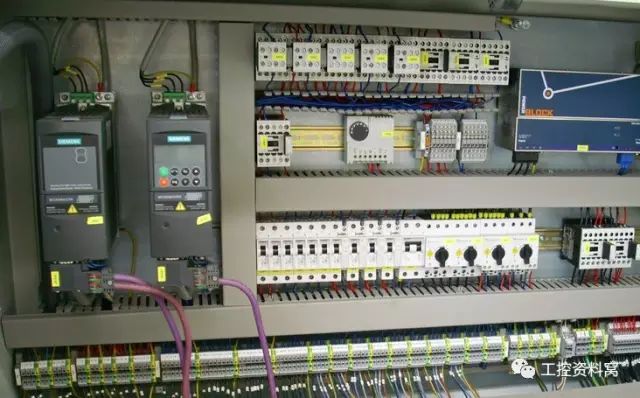
The addition of isolation transformers is mainly aimed at conducted interference from the power supply, and can block most of the conducted interference before the isolation transformer. Using a filter, the filter has a strong anti-jamming capability, and also has the ability to prevent the transmission of interference from the device itself to the power supply, and some also have a spike voltage absorption function.
The use of output reactors to increase the AC reactor between the inverter and the motor is mainly to reduce the electromagnetic radiation generated by the inverter output during the energy transmission process, affecting the normal operation of other equipment.
2-in-1 Laptop,2 In 1 Tablet,Rugged Tablet,Detachable Laptop
C&Q Technology (Guangzhou) Co.,Ltd. , https://www.gzcqteq.com